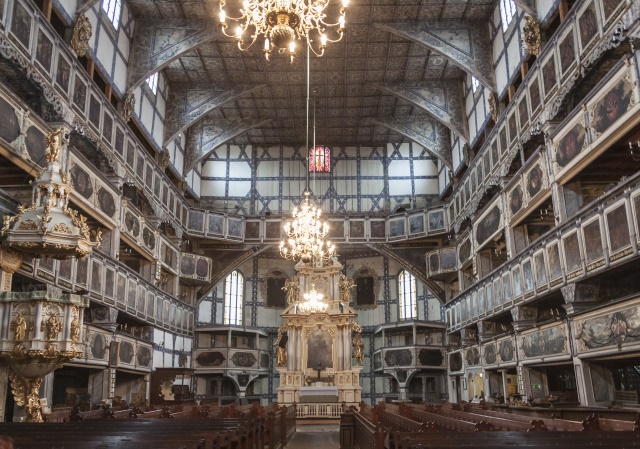More Classics of Poland is an offer for those who have already had the opportunity to get to know our country and are looking for something more. The presented places are close to those of The Classics of Poland. They constitute an extension of discovering the beauty of our country.
Contact us for the best possible suggestions and offers for the program. Use our short descriptions as ready-made items to create an attractive route for your customers.
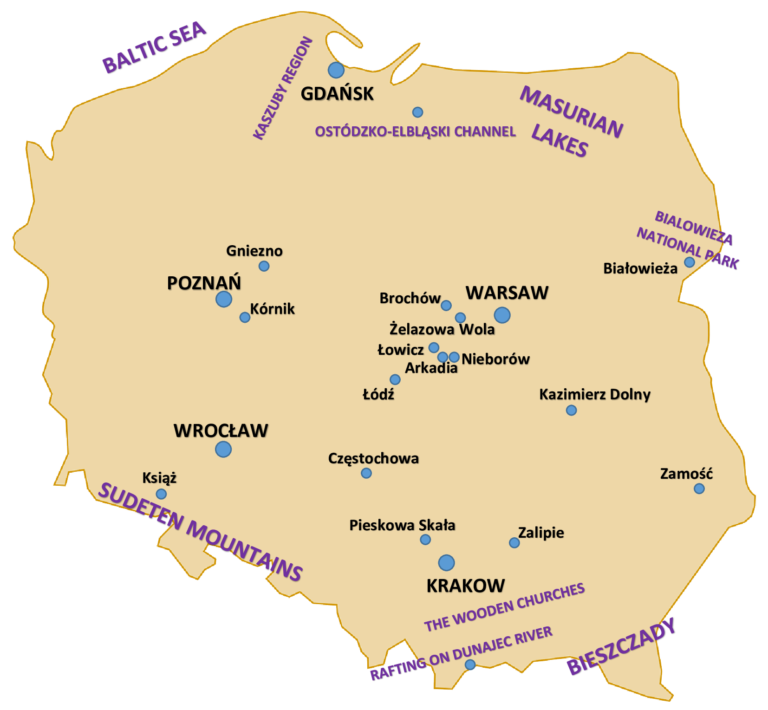
Żelazowa Wola – Frederic Chopin’s birthplace
This charming Polish manor is surrounded by beautiful grounds with hundreds of rare plant species. The tour of the manor is accompanied by recordings of Chopin’s works. Private concerts available.

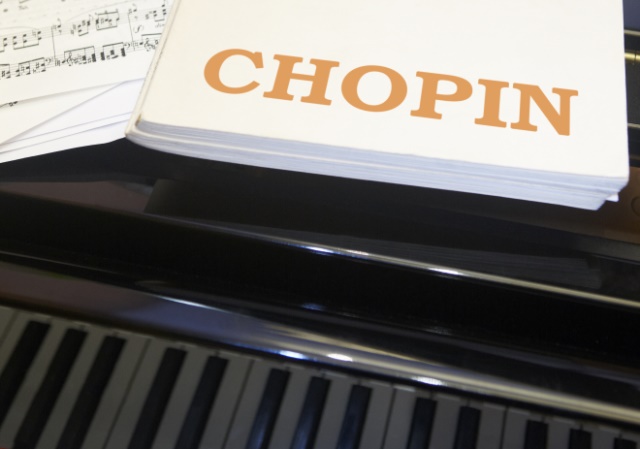
Warsaw ‘New generation’ museums
Excellent choice for those who prefer to get engaged rather than listen to the guide’s commentary (although traditional guided tours are available as well). Chopin Museum commemorating a famous composer and Museum of the History of the Polish Jews are great options for those who like the ‘touch screen’ way of learning the history.
The imitated sounds of bombardments and testimonials of the horror recorded for the Warsaw ’44 Rising Museum will be printed in your memory deeper than any traditional museum exhibit.


Brochów, Arkadia, Nieborów, Łowicz
The trip to Żelazowa Wola can be extended to a full day tour. Add Brochów, a typical Masovia region village with Renaissance Basilica, where Chopin was baptized.
Nieborów, the next town we visit, has landscaped gardens and a splendid 17th century Baroque palace.
Nearby Arkadia Park – boasts Romantic follies such as Diana’s Temple, and Sibyl’s Cave.
In Łowicz, famed for its colourful processions, the open-air museum of local art is worth a visit all year round.
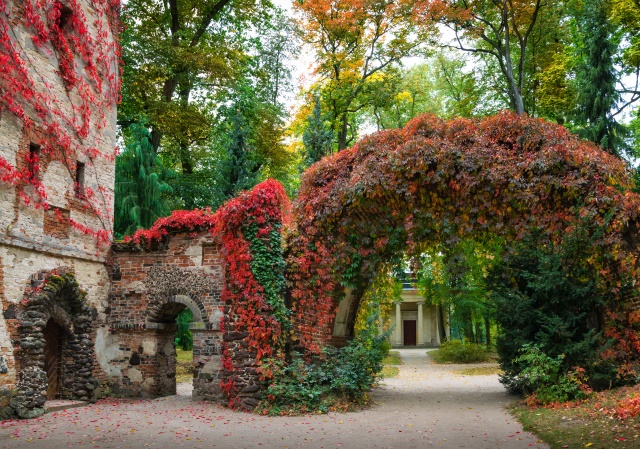
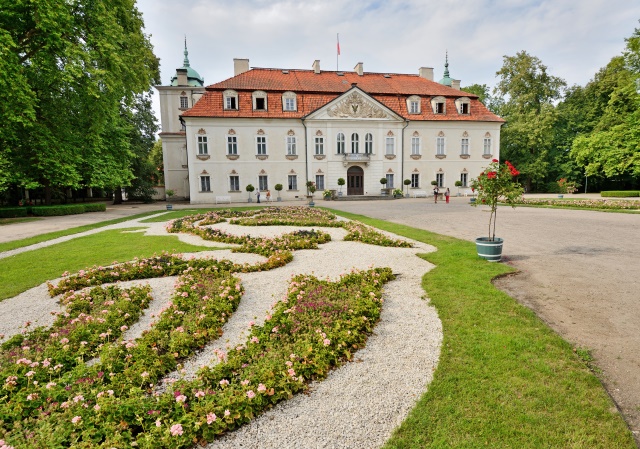
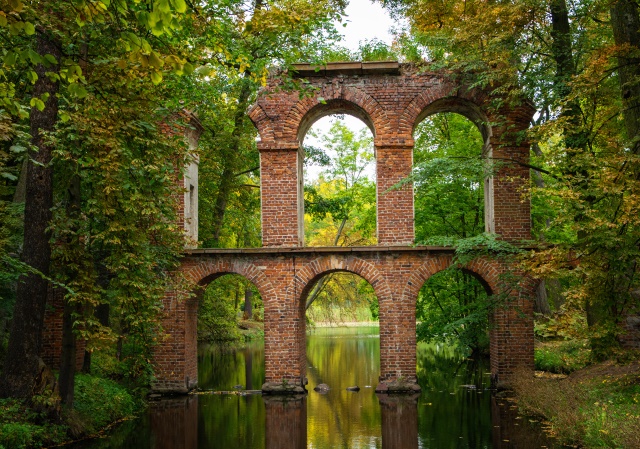
Kazimierz Dolny
Kazimierz Dolny dates back to the 14th century. Picturesquely located on the bank of the River Vistula, the town attracts visitors with its irresistible charm.
Nowadays it is a Mecca for artists, coming here to gain inspiration from the breath-taking landscape.
The quaint Market Square with some fine Renaissance buildings is overlooked by the ruins of a Gothic castle.
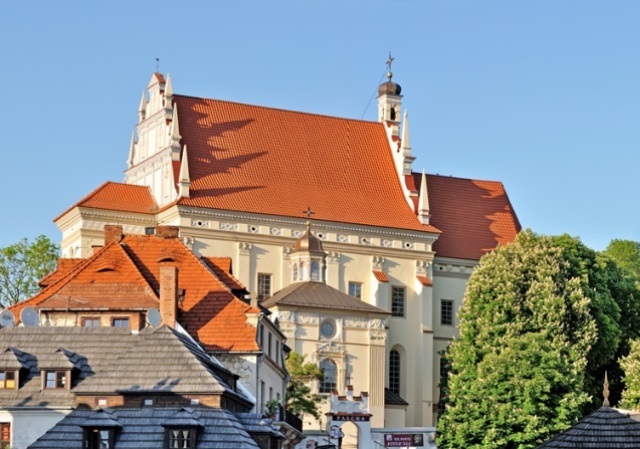
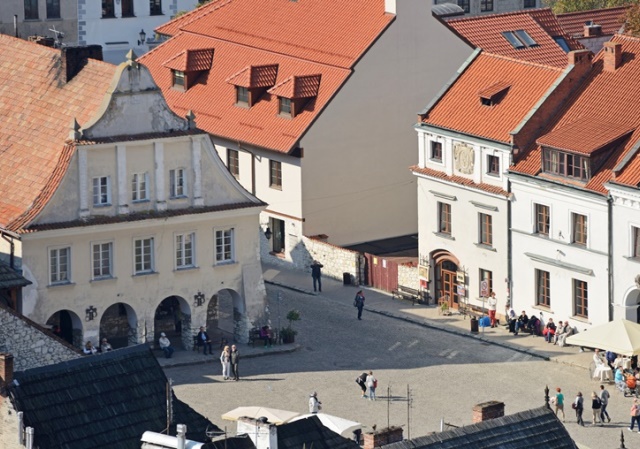
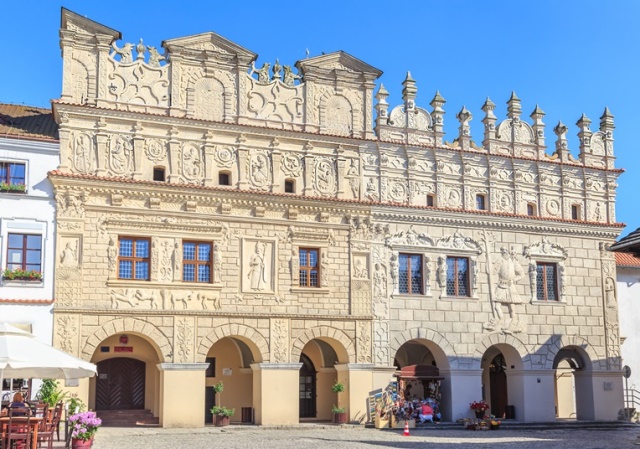
Łódź
The “cotton empire” tour: Israel Kalmanowicz Poznański Palace with Historical Museum of Łódź and factory buildings, the Księży Młyn – a unique factory and residential complex, the most elegant street in Łódź – Piotrkowska Street
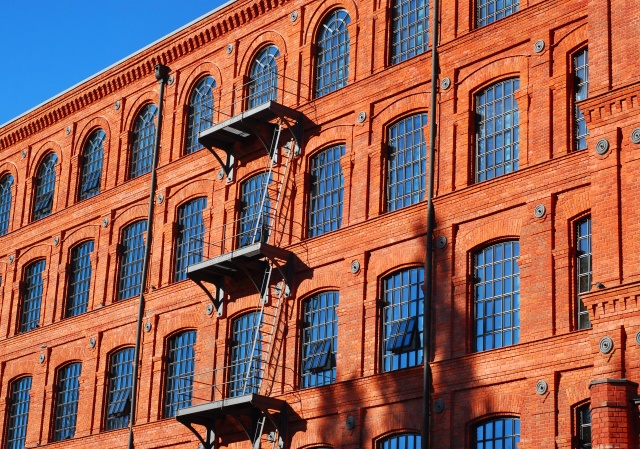
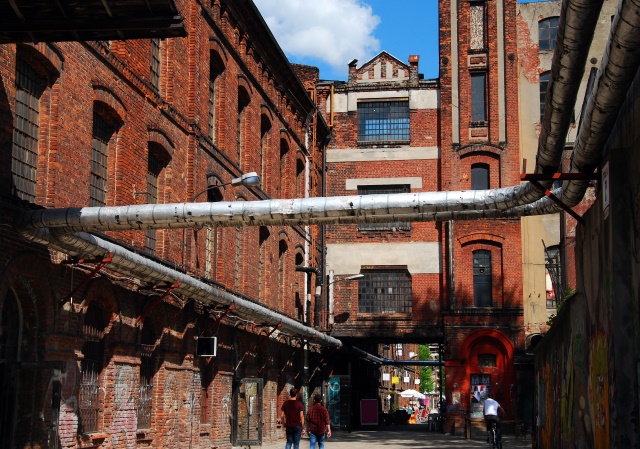
Częstochowa – Black Madonna Shrine
One of the most important shrines in the Christian world.
Millions of pilgrims, including over 100 000 foreigners, come here every year to pray at the miraculous Black Madonna Shrine, dating back to 14th century.
Now is covered with precious decoration, forming royal gowns for Virgin Mary and her Child.

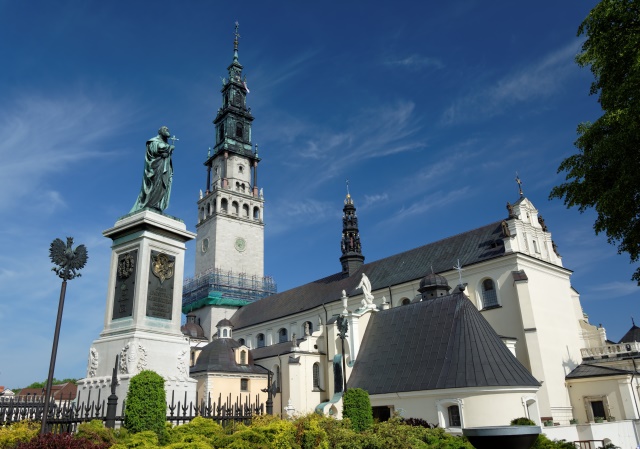
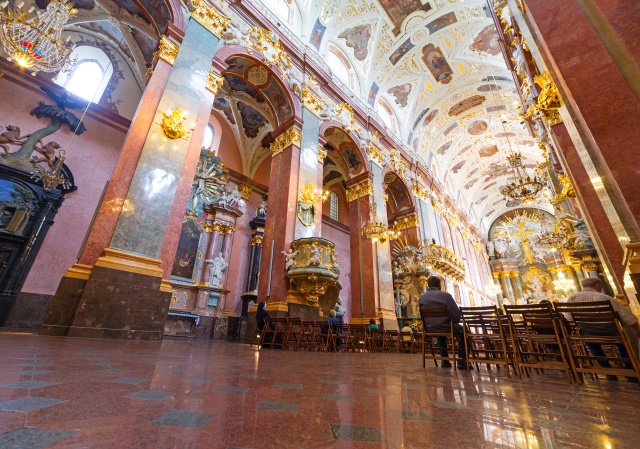
Zalipie – a painted village
The local tradition of covering both inside and outside walls with colourful flower motives dates back to late 19 century.
Nowadays there are about 20 ‘painted houses’ in Zalipie. Two of them were converted into museums housing collections of local art and crafts.
The best time to visit the village is a weekend after Corpus Christi when a competition for the most beautiful homestead takes place.
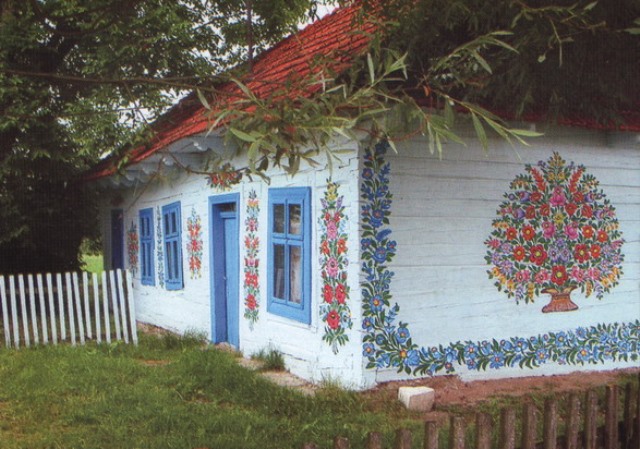
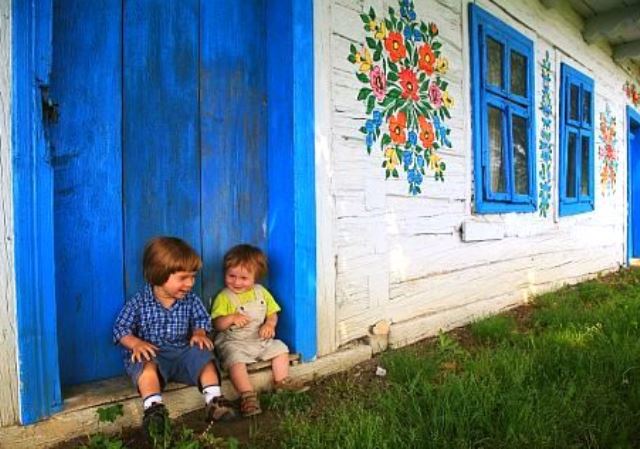

Pieskowa Skala
40 minutes drive through charming Prądnik River Valley in Ojców National Park, with its limestone hills and beautifully shaped rocks and caves.
According to legend, Polish King Władysław the Short took shelter in on one of the caves here during his flight from Czech King Wenceslas II’s forces. Visit to the Renaissance Castle in Pieskowa Skała, regarded as the most beautiful knights’ castle in Poland.
Drive back to Kraków along the Eagles’ Nests Track – a chain of 14th century strongholds (now in ruins) founded by Kazimierz the Great to protect the Silesian trade route. The season for these sights is from May till the end of September. Suggested itinerary: Ojców castle ruins – the Dark cave – Pieskowa Skała Castle – Błędowska Desert – Ogrodzieniec Castle – Łokietka Cave. Dark Cave is viewed by candlelight, while Łokietka has electric lighting.

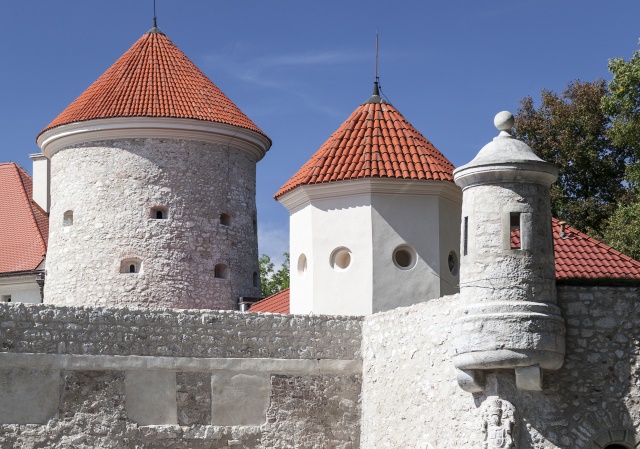
Rafting on Dunajec River
Dunajec Gorge, which weaves through the limestone rocks of Pieniny Mountains is one of the most beautiful views in Poland.
Sitting comfortably on wooden rafts (10 pax each) just admire the landscape and listen to the stories and jokes told by the raftsmen.
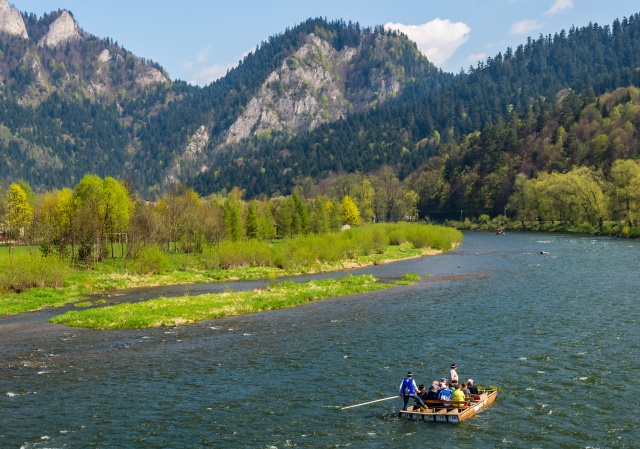
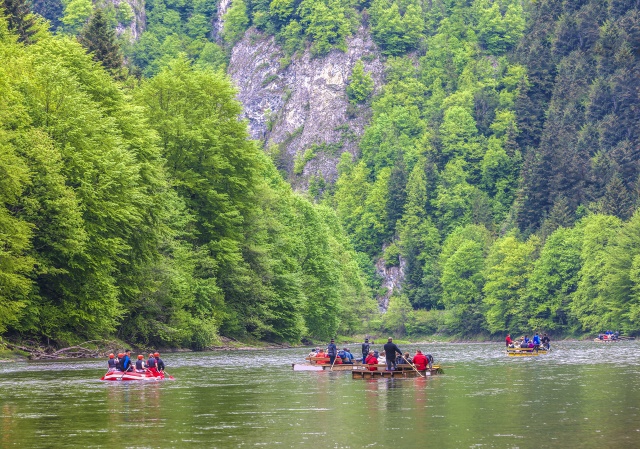
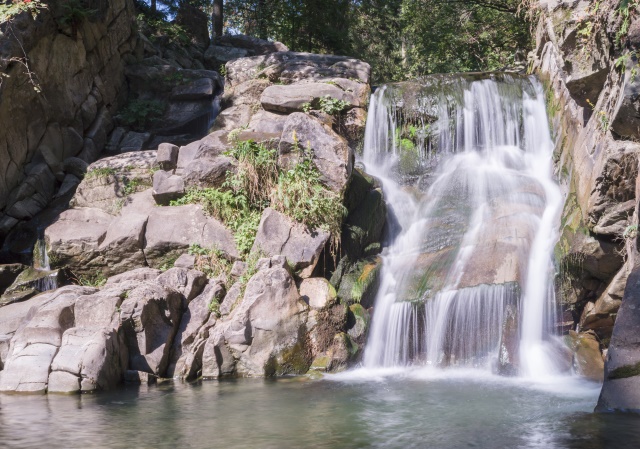
The Wooden Churches of Southern Małopolska - UNESCO LIST
An absolute must for the lovers of beautiful landscapes and wooden architecture.
From the oldest one in Dębno (founded in 1335) to that in Blizne which contains polychrome and valuable furnishings – the churches were sponsored by noble families as symbols of prestige.
They are outstanding examples of church building tradition popular in Eastern Europe. The church in Haczów is the second biggest woodes temple in Europe.

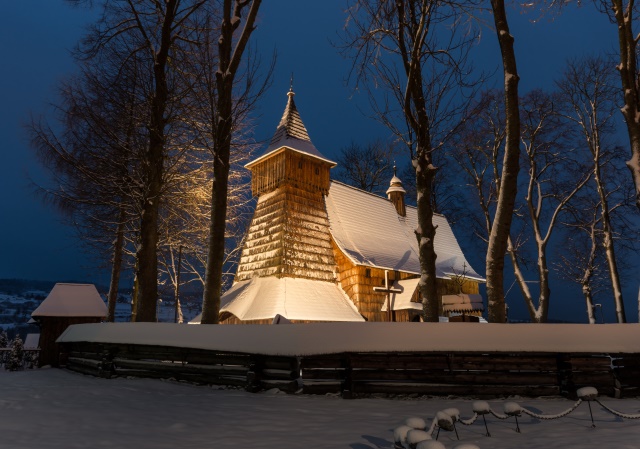
Ostródzko-Elbląski Channel
Your river boat will ascend or descend a total height of 99.5 meters, thanks to five special slide ways.
When the engine stops, the boat sails on, although no water can be seen – dry land all around.
Construction was completed in 1848 with the aim of providing cheap transportation of timber to the Baltic.
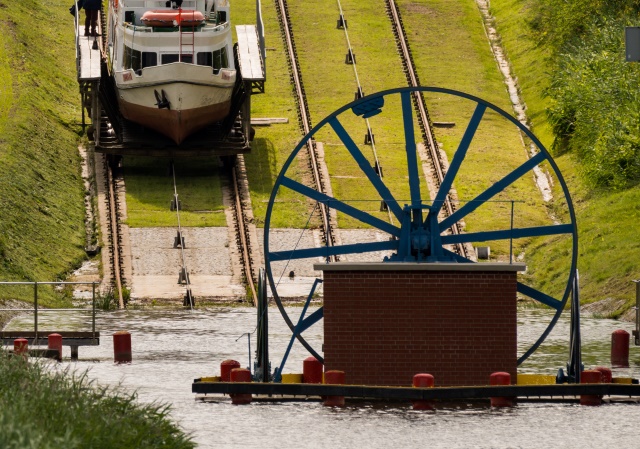
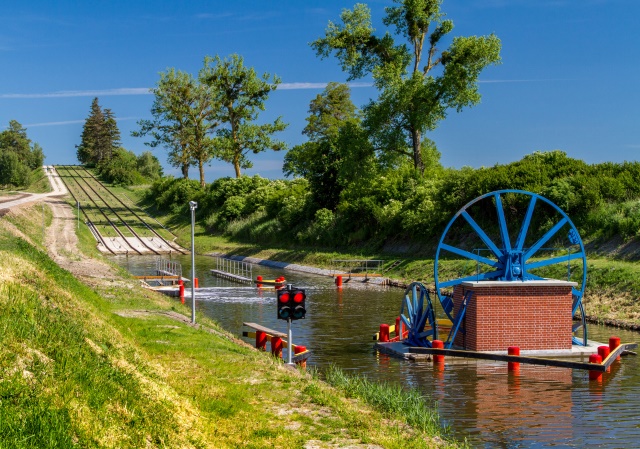

Białowieza National Park
Visit the European Bisons’ Kingdom and the last primeval forest in lowland Europe. It survived, far away from farms and big towns, situated on the border of countries and nation, hidden among swamps.
The park is abundant in animal life, with more than 12 000 species. Many of them are under protection. European bison was reintroduced into the park in 1929 and is now the biggest attraction, along with other animals such as elk (moose).
One of the most beautiful groups of 400 years old oaks grows in the Old Białowieża Glade.
Walk or horse and carriage ride through the strict reserve of Baiłowieża Forest. Visit to the bison show place reserve – the symbol of the park.

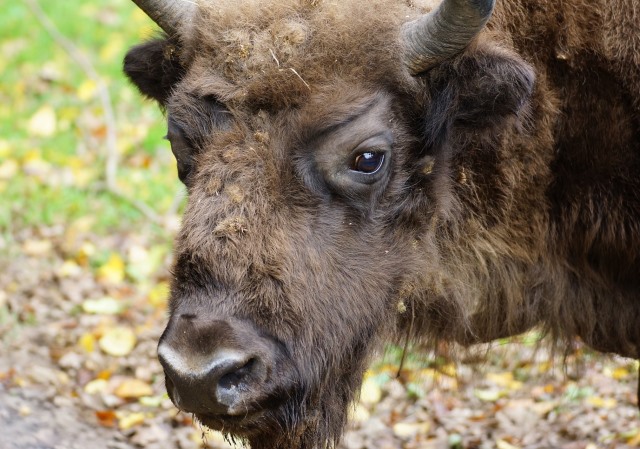
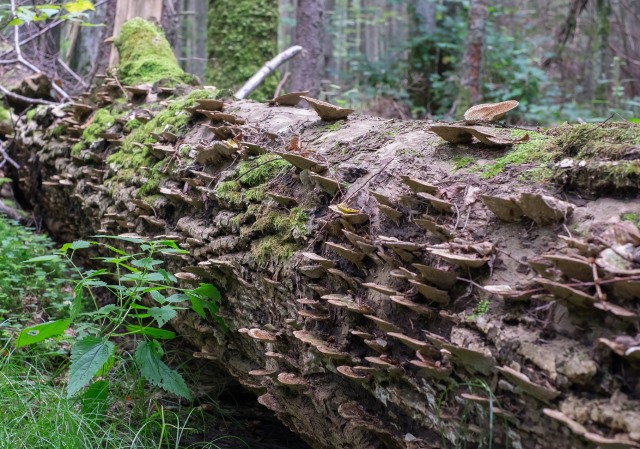
Excursion to Kaszuby Region
The region is locally known as Kashubian Switzerland due to hilly landscape, numerous lakes and mountain flora unusual at such low altitude.
Visit to an open air museum in Szymbark full of curiosities such as Guinness Record “the longest wooden board in the world” and the “upside down house”.
A unique possibility to see the original house brought from a colony in Siberia (many Poles were sent to such colonies by Russian Tsars and later by the Soviets since 18th century till 1945) or visit a replica of partisan shelter from WW2.
Walk through a skansen presenting culture of Kashubian minority strongly protecting their national identity including their own language. Local beer tasting and bread baking available.

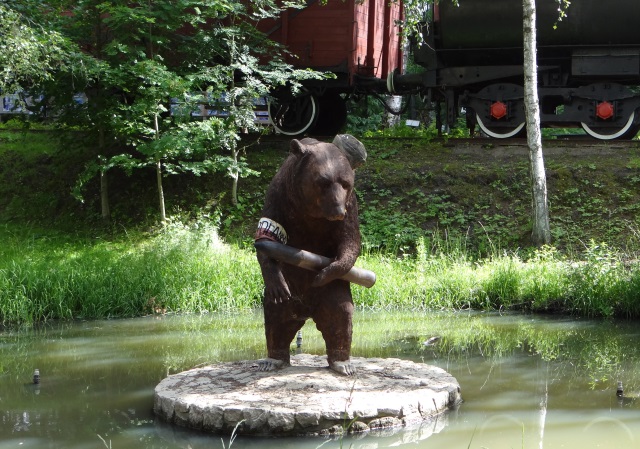
Zamość – UNESCO LIST
This unique town called a pearl of Polish Renaissance architecture was founded in 1580 by the Zamoyski family. Its centre has since then maintained its original Renaissance plan.
The old Square is surrounded with Renaissance houses with arcades and imposing Town Hall.
The Zamoyski family were also founders of Zamoyski Academy – one of the oldest Polish universities. Founded in 1594 – it was closed by the Austrians in 1784 after partition of Poland.
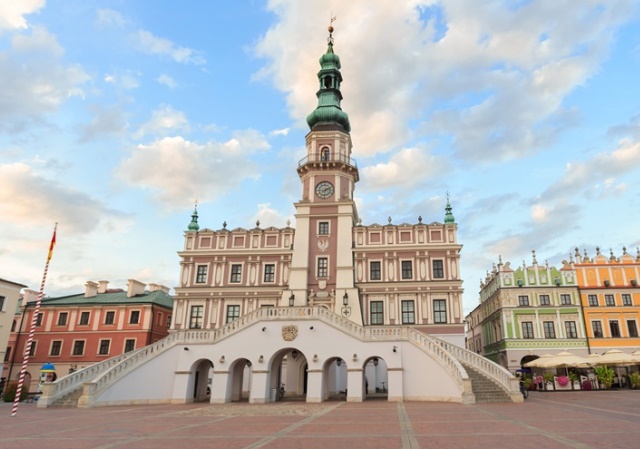
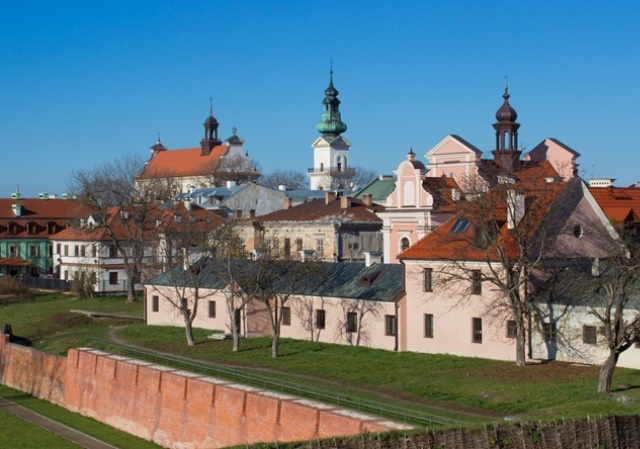
Gniezno
Gniezno
The cathedral was built by Mieszko I, founder of the Polish state.
In 999 relics of St. Adalbert were buried in the cathedral and the bronze gate manufactured in 1170 shows scenes from his life and martyrdom.
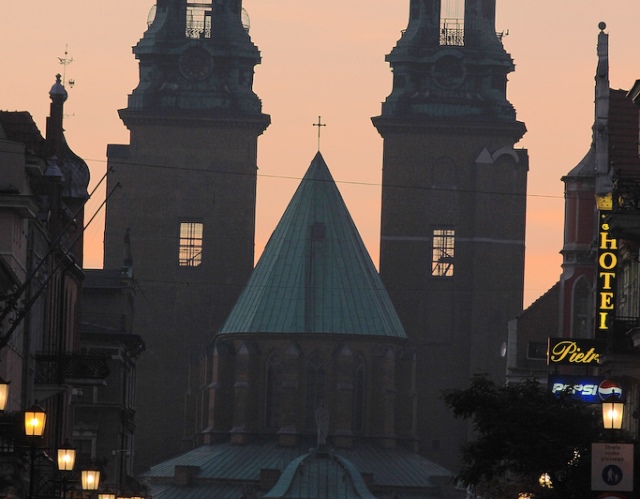
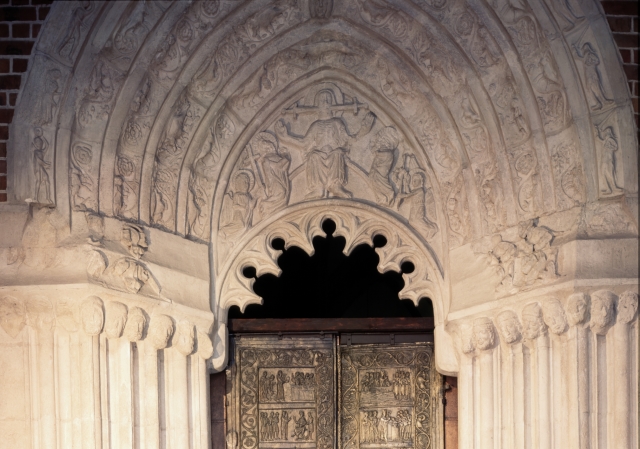

Kórnik
Built in the 16th century, rebuilt in the 19th century in English Gothic style.
The castle houses a collection of furniture, paintings, sculptures, armour and oriental weaponry.
Surrounded by the stylish park dating back to the 16th century, now arboretum with numerous exotic plants.
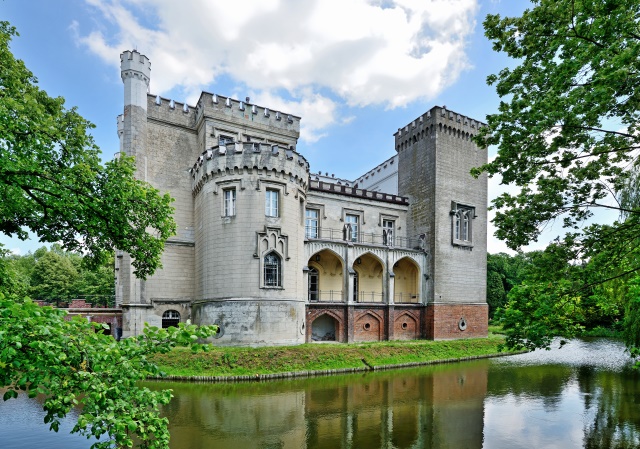
Książ
Książ, the 13th century fortress of the Piast Dukes and the seat of Von Hochberg family since the 16th century. The beauty of the castle and its breathtaking location on a rock dominating the landscape made Hitler choose the place for his main headquarters.
Kilometres of underground corridors and a number of halls were carved out of the rock underneath the castle to create shelters from bombardments and also a secret factory. Slave labour of prisoners of the nearby Gross Rosen concentration camp was used.
The purpose of the factory was never found out as no production ever started. The Nazis destroyed majority of the labyrinth before evacuating.



Aula Leopoldina in Wrocław
Add a stod at Wrocław University founded in 1702 as a Jesuit Academy to visit its ornate Baroque Aula Leopoldina constructed in 18th century, bedecked with paintings, sculpture, and gold-plated stuccoes.
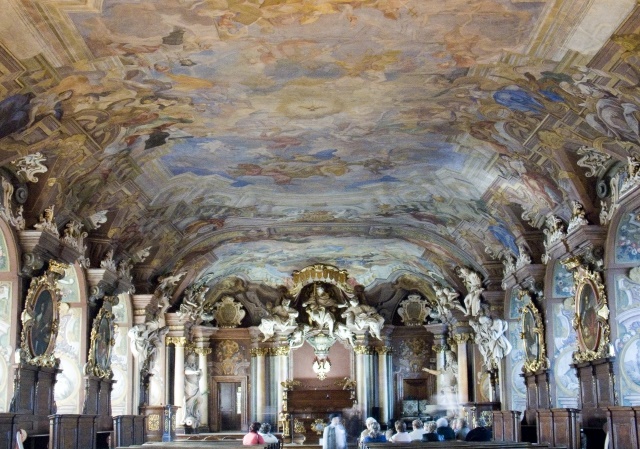

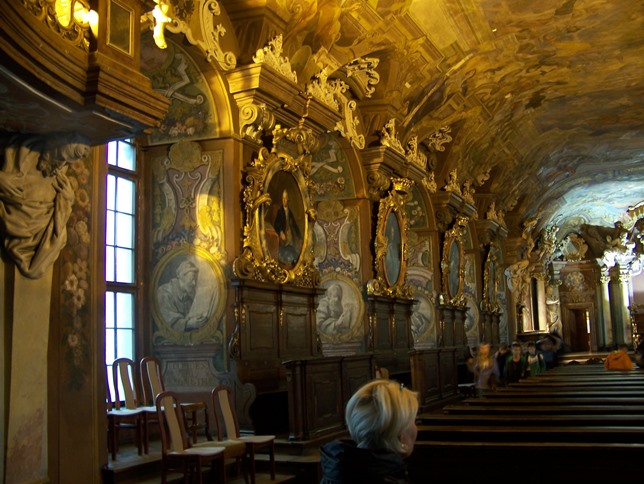
Panorama Racławicka in Wrocław
This huge (120 x 15 m) painting “Battle of Racławice” depicts the most important battle of the Kościuszko Uprising in 1794 against the Russians.
The round shape of the painting makes viewers feel like they are in the middle of the battle.
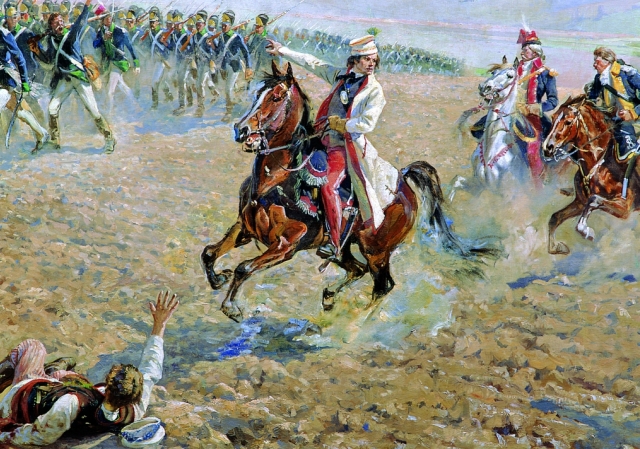
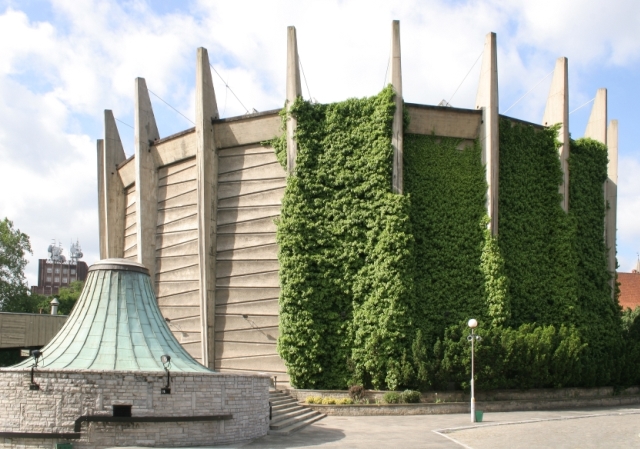
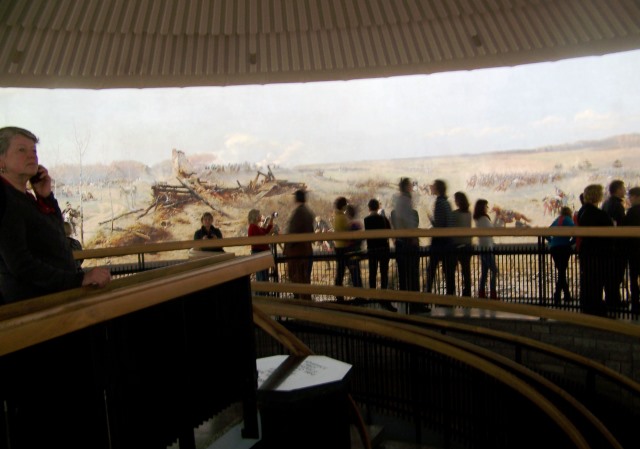
Churches of Peace – UNESCO LIST
Built in the 17th century in Swidnica and Jawor after a Catholic emperor Ferdynand Habsburg had granted the Lutherans the right to construct three temples.
The unusual shape of the churches comes from the limitations the Lutherans had to observe: the building could not resemble a traditional Christian temple, could not be constructed of long–lasting materials as brick or stone, could not have towers or bells. Additionally they had to be located outside the city walls but close enough to be reached by a cannon shoot. Time limit to accomplish construction was one year. Results are simply amazing.
A private organ concert is highly recommended.
